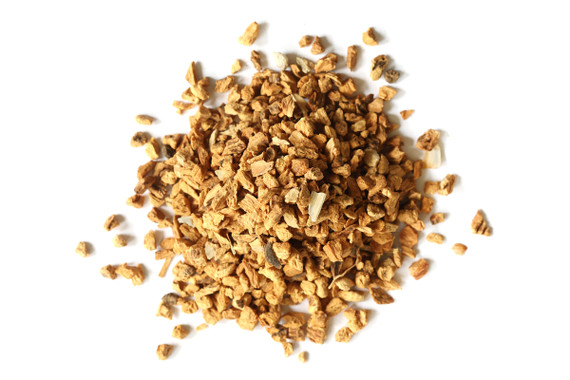Elymus repens is a common perennial grass native to Europe, Asia, and northwest Africa. It has creeping rhizomes which allow the plant to spread rapidly. Although it is considered an invasive weed in many countries where it has naturalized, dog grass has been employed in traditional European herbalism for centuries. Also referred to as couch grass or couchgrass, dog grass root is typically blended into herbal formulations and can be taken as a tea or employed topically.
Famous herbalist Nicholas Culpeper wrote that "although a gardener may be of another opinion, a physician holds that a 1/2 acre of dog grass to be worth 5 acres of carrots twice told over." Dog grass is an invasive grass that grows well in regions with warm summers and cool or cold, damp winters. Its name is derived from the simple fact that dogs will eat the grass when they are sick to induce vomiting and cool the blood. You should not grow dog grass in your herb garden unless you are able to keep it well contained. Also called graminis, quack grass, triticum, and twitch grass, couch grass is a member of the Poaceae family.
Taken internally as a tea and also used for baths and irrigation therapy. To make the tea, put 2 teaspoons of the cut rhizome in a cup of water, bring to a boil and let simmer for 10 minutes. Typically used with some combination of buchu, corn silk, hydrangea, uva ursi (bearberry), yarrow, and/or cranberries or cranberry juice. Can also be administered as a capsule or extract.
Precautions
No known precautions. We recommend that you consult with a qualified healthcare practitioner before using herbal products, particularly if you are pregnant, nursing, or on any medications.
This information has not been evaluated by the Food and Drug Administration. This product is not intended to diagnose, treat, cure, or prevent any disease. For educational purposes only.











